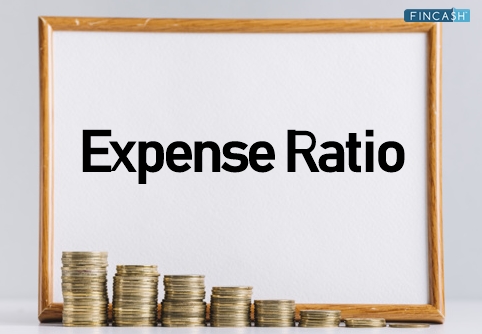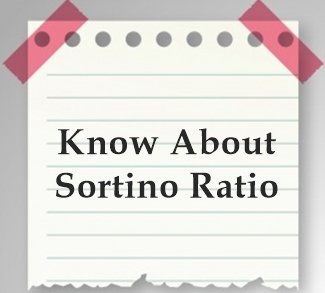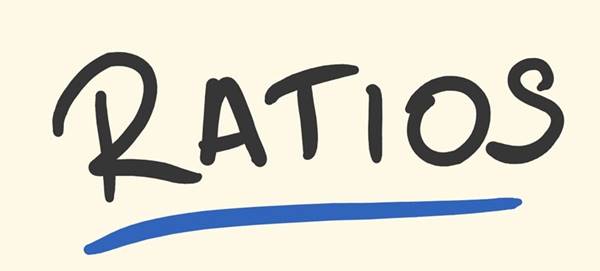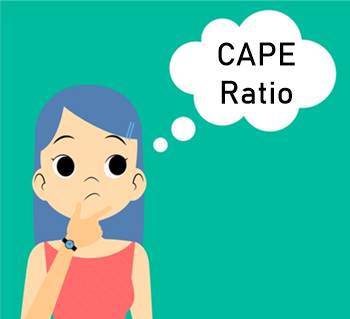Price-To-Book Ratio - P/B Ratio
What is Price-To-Book Ratio?
The price-to-book ratio measures a company's Market price in relation to its Book Value. The ratio denotes how much equity investors are paying for each dollar in net assets. Some people know it as the price-equity ratio. The price-to-book ratio indicates whether or not a company's asset value is comparable to the market price of its stock. For this reason, it can be useful for finding value stocks. It is very useful when valuing companies that are composed of mostly liquid assets, such as finance, insurance, investment and banking firms.

The P/B ratio reflects the value that market participants attach to a company's equity relative to its book value of equity. A stock's market value is a forward-looking metric that reflects a company's future cash flows. The book value of equity is an Accounting measure based on the historic cost principle, and reflects past issuances of equity, augmented by any profits or losses, and reduced by dividends and share buybacks.
Price to Book Formula
Companies use the price-to-book ratio to compare a firm's market to book value by dividing price per share by book value per share. Book value, usually located on a company's Balance Sheet as "stockholder equity," represents the total amount that would be left over if the company liquidated all of its assets and repaid all of its liabilities.
The formula for price-to-book is:
P/B ratio = market price per share / book value per share
In this equation, book value per share = (total assets - total liabilities) / number of shares outstanding
Talk to our investment specialist
This ratio also indicates whether you're paying too much for what would remain if the company went bankrupt immediately. A lower P/B ratio could mean the stock is undervalued. However, it could also mean something is fundamentally wrong with the company. As with most ratios, this varies by Industry.
All efforts have been made to ensure the information provided here is accurate. However, no guarantees are made regarding correctness of data. Please verify with scheme information document before making any investment.












